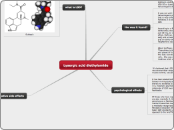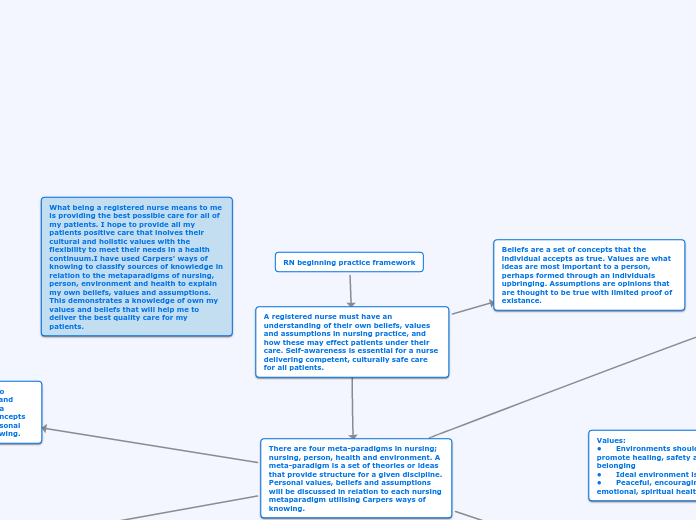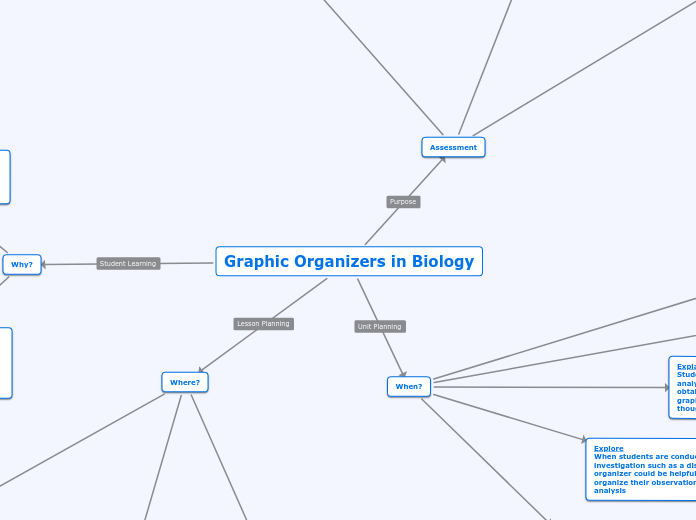по jay mullen 11 лет назад
384
Lysergic acid diethylamide
LSD, or lysergic acid diethylamide, is a potent hallucinogenic drug first synthesized by Swiss chemist Albert Hofmann in 1938 at Sandoz Laboratories. The hallucinogenic properties of LSD were not discovered until 1943 when Hofmann accidentally ingested a small amount and experienced intense visual and sensory distortions.









